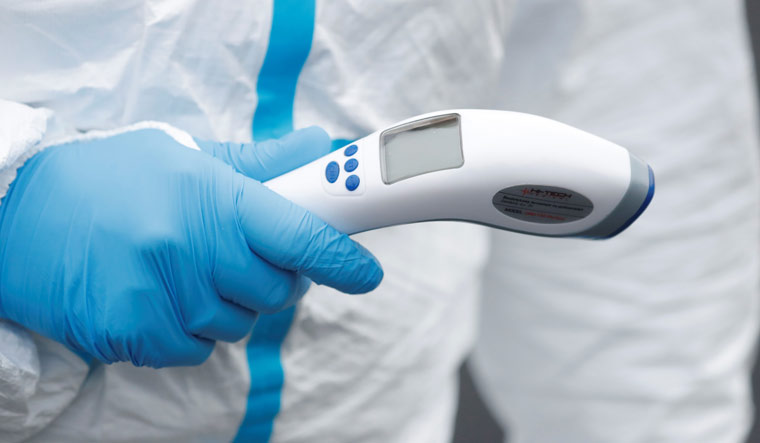On Friday, a 69-year-old woman, who tested positive for coronavirus infection, passed away in Delhi, becoming the second person to die due to COVID-19. The Union health ministry had said the situation in India so far is "not a health emergency" even as the number of people infected with the disease touched 85.
What is the risk assessment for COVID-19 in India?
There are several stages for the disease. Stage one is that the disease is “imported”— only seen in those who have travelled abroad recently. Stage two is that of local transmission, which means that the traveller has passed on the infection to close contacts/ household members. Stage three is that of community transmission where the infection has been acquired by those who don’t have travel history or don’t know anyone who has.
Currently, we are stage two and the next month is crucial to ensure that we don’t have community transmission, according to Dr Balram Bhargava, DG, Indian Council of Medical Research (ICMR), who explained the rationale behind the decision of Delhi (and other state governments) to shut down schools, colleges and advising avoiding large gatherings.
What are the guidelines for testing?
As of now, the government is testing only those who are symptomatic and have a history of travel to COVID-19-affected countries, or have come in contact with a person who has tested positive for the disease. According to Dr Bhargava, the criteria will be revised as per the evolving situation. India has had no cases of community transmission.
Why is the government not testing asymptomatic persons?
According to the ICMR, the testing criteria has to be rational and not indiscriminate, given the stage of the spread of the disease. Also, the viral load has to be high enough to reflect in the tests, and that is not the case in the early stage of the infection, according to Dr Lalit Dar, professor of microbiology, AIIMS, Delhi, which is part of the 51 testing centres across the country. “If we test asymptomatic people and get a negative result, then it might give the person a false sense of security. This is why we ought to wait for symptoms to begin over the next 14 days (from the day of infection). Besides, a person who is declared a suspect and fit for testing is quarantined and isolated, and his contacts also have to be traced.”
How many testing kits are available with the government?
As of now, the government claims to have one lakh testing kits.
How many laboratories are doing the testing?
As of now, there are 52 testing sites, of which 31 are equipped to do both the testing and the confirmation of a positive results. Until now, the NIV, Pune was the final word on a positive case — each case that was positive at these laboratories would be sent to the NIV for reconfirmation with superior testing reagents. That, however, is not the case now with the 31 new testing centres, and an additional 20 centres that will now be ramped up. Additional 15 sites will also be added in the coming days.
Are these sites enough?
According to ICMR officials, each of these laboratories have a capacity to perform 90 tests per day. However, in the entire network of ICMR laboratories, only 60-70 tests, on an average are being done. “Our faculties are under-utilised as of now,” said Bhargava.



